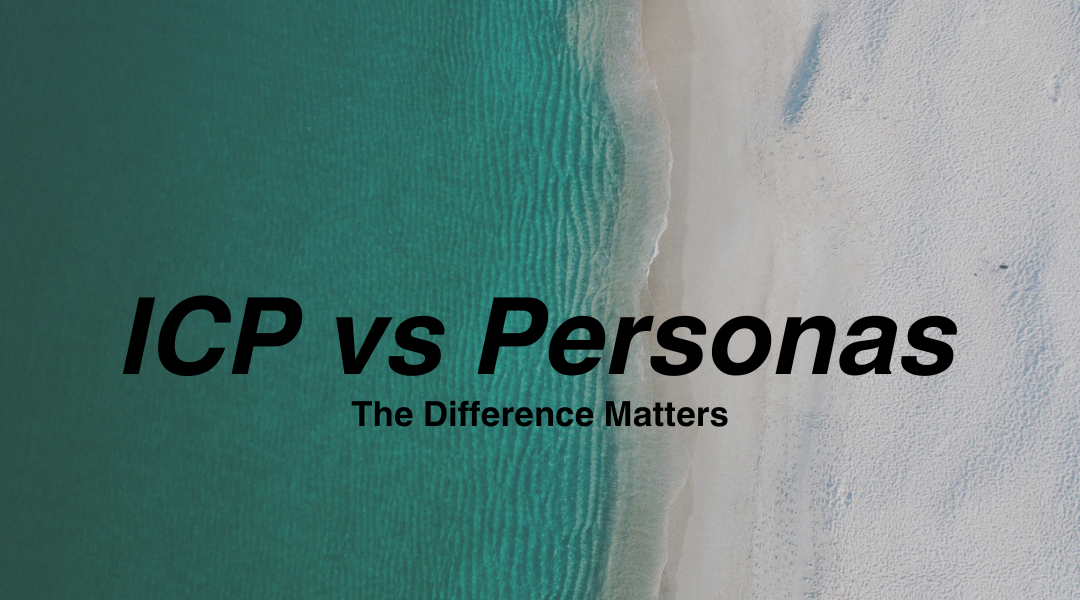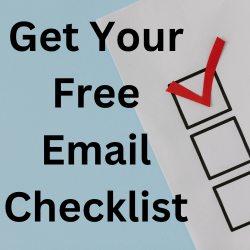In outbound sales, understanding your target audience is crucial. However, many mix up two key concepts between ICP vs Persona. While they are closely related, they serve distinct purposes, and knowing the difference can significantly improve your outreach strategy.
Let’s break down these two elements and explore how they can enhance your sales and marketing efforts.
The Ideal Client Profile (ICP): Targeting the Right Companies
Your Ideal Client Profile defines the type of company that would benefit the most from your product or service. It’s not about individual people—it’s about the characteristics of the business as a whole. When building your ICP, you’ll focus on:
- Firmographics: These are the business characteristics, such as the company’s size, location, industry, and revenue. Knowing where a company is based and the scale at which it operates will guide your outreach efforts.
- Business Goals: What is the company trying to achieve? Are they expanding into new markets? Increasing operational efficiency? Understanding their goals allows you to align your solution with their specific needs.
- Technology Stack: What software or tools are they using? Knowing their tech stack helps you understand whether your solution can integrate seamlessly with their existing systems.
Once you have a well-defined ICP, you can start building a list of target companies. Think of this as step one in building a solid foundation for your sales process. By identifying the businesses that align with your offering, you ensure you’re reaching out to the companies most likely to convert.
The Buyer Persona: Targeting the Right People
While the ICP focuses on the company as a whole, the Buyer Persona zeros in on the individuals within the company who make purchasing decisions. You’re not just selling to a business—you’re selling to people.
When developing a buyer persona, consider the following:
- Job Titles and Roles: What is the person’s title? What are their responsibilities? Have you researched their job description? This helps you understand their daily challenges and how your solution can make their job easier.
- Organizational Structure: Where do they sit in the organizational hierarchy? Do they report to anyone, or are they the sole decision-maker? This information is critical because it helps you map out the decision-making process.
- Communication Preferences: How does this person prefer to be contacted? Do they respond best to emails, phone calls, or social media messages? Knowing the most effective communication channel is key to getting in front of them.
Your buyer persona is all about understanding the decision-maker’s pain points. What issues are they dealing with? Supply chain delays? Time management struggles? Your messaging should directly address these problems. Speak to their challenges, and position your solution as the answer.
Building Multiple Buyer Personas
A single company might have multiple decision-makers involved in the purchasing process. Therefore, it’s essential to create more than one buyer persona. For instance, at one company, you might need to target:
- The Product Manager, dealing with quality control and supply chain issues.
- The Department Head, overseeing long-term strategy and reporting to senior leadership.
Each persona has different challenges and pain points. By tailoring your messaging to each one, you increase the chances of resonating with the right people.
Effective Outreach: Solve Problems, Don’t Sell Credentials
When reaching out to potential clients, focus on their problems—not on your company’s history or accomplishments. Prospects don’t care if you’ve been in business for 40 years. What matters to them is whether you understand their pain points and can offer a solution.
Your outreach should feel like a conversation, not a sales pitch. By discussing their challenges and offering genuine insights, you’ll build rapport and position yourself as a trusted advisor, not just another vendor.
Understanding the difference between ICP vs Persona can drastically improve the effectiveness of your outbound sales strategy. By focusing on the right companies and targeting the right individuals with personalized messaging, you’ll increase your chances of success. Remember, it’s all about solving problems—your clients’ problems.
Book Recommendation
Try reading Buyer Personas: How to Gain Insight into your Customer’s Expectations, Align your Marketing Strategies, and Win More Business to learn more about how the buyer really thinks and what they really want.



